‘Heritage & retail are natural, compatible partners…’
By Retail4Growth Bureau | April 18, 2024
On the occasion of World Heritage Day (April 18th), Chanda P Kumar, Associate Director- Marketing & Communications, Strategy – FRDC, and Sanjay Agarwal, Co-Founder & MD, FRDC, look at how retail and heritage can share a beautifully symbiotic relationship that not only preserves the country’s aesthetic heritage, but also creates distinctive brand experience in retail.
By Chanda P Kumar & Sanjay Agarwal

Ask any avid shopper who travels often to international destinations, and they will surely mention London’s Bond & Regent Street, 5th Avenue in New York or Milan’s Via Monte Napoleone. All these high streets come with rich history that have moulded these places into ‘must-visit’ and occupied by most sought after brands.
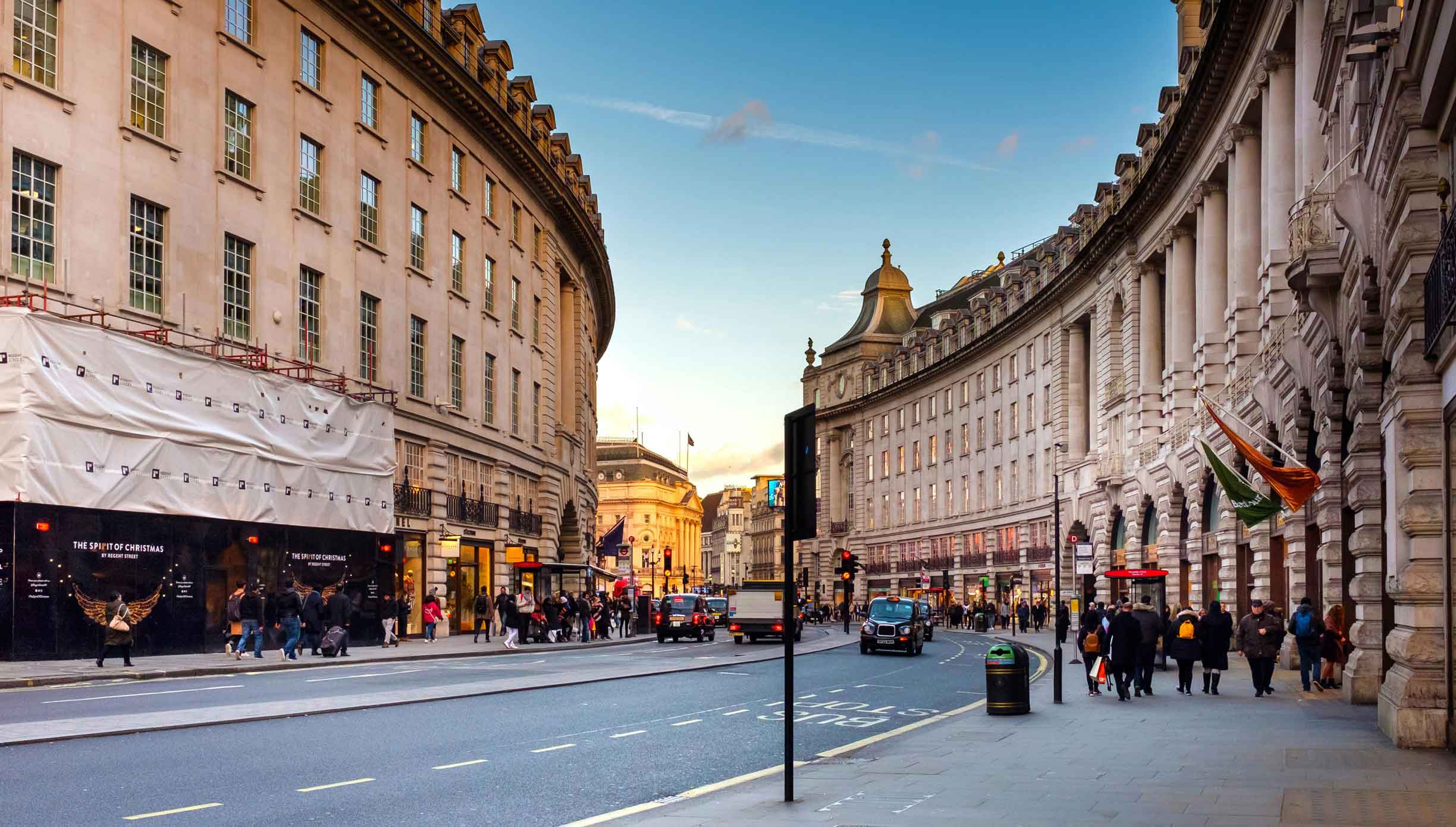
All major Indian cities too have had traditional thriving markets and shopping precincts that are set amidst heritage structures or in the vicinity of historic landmarks. Most of these marketplaces have been the ‘city centre’ around which the city grew. Think the bustling Johri Bazaar in Jaipur, a labyrinth of stores set amidst the historic walled city, or the colonial showpiece of Connaught Place, New Delhi that was originally planned as a central plaza along the European Renaissance style.
Another noteworthy location is Kala Ghoda – Fort precinct, which was once a British Colonial administration hub, now transformed to Mumbai’s burgeoning hub of high-street and luxury labels.
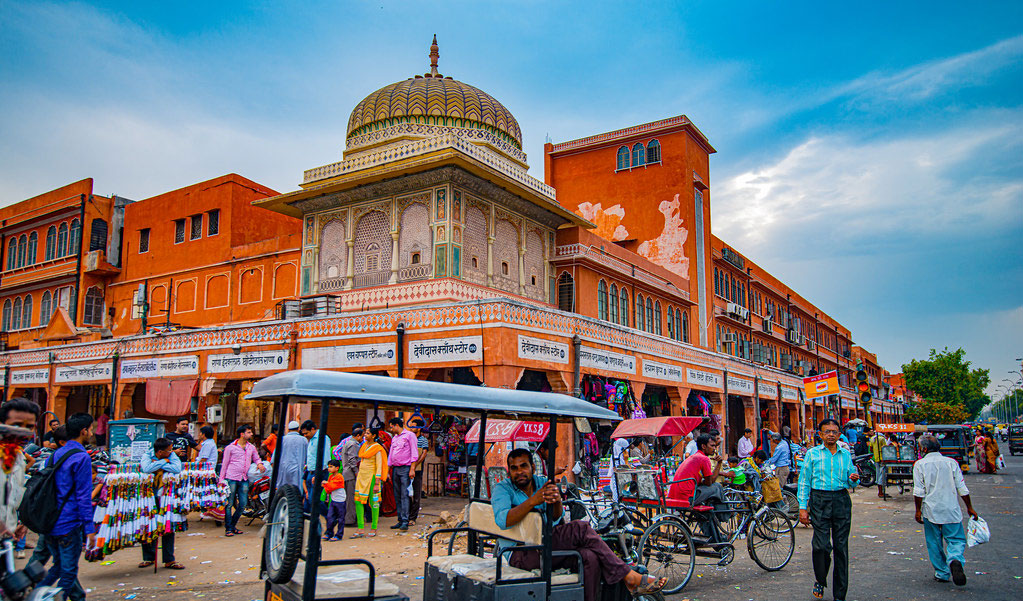
Even today these are prime shopping high streets of India. Even after 75 years of independence, we have not been able to create mega high streets that can rival these iconic locations that have a character that is unique enough to arouse curiosity and draw walk-ins.
With the influx of new Indian & international retail brands, architectural design in India was in a mad rush to ape design planning & aesthetics of the western world, from hotels, restaurants, bars, cafes, offices to homes and more so in branded retail environments. Soon there were a flood of stores and malls that reflected the ‘me too’ homogenised look with only a few design & branding elements that differentiated one from the other. Eventually, there was a realisation among a few that we could do wonders by bringing in the best of our heritage, culture and craftsmanship into the folds of modern retail design. Noteworthy designers started weaving India's heritage stories by readapting the wonderful architecture of heritage buildings into luxurious flagship stores bringing unique store experiences to customers.
Why should retail embrace heritage buildings?
Our heritage carries historical value, cultural significance & architectural importance. When we visit these places, we start engaging with the past and this evokes certain emotions within us. And emotions impact how customers shop.
For long, historical buildings have been beautifully re-adapted and re-used by leading hospitality players. Many grand palaces and forts became iconic places to visit & luxury stays for tourists, and in the process also becoming integral to ‘Incredible India’ campaign. The heritage charm & its attraction was soon lapped up by brands and retailers to create certain flagship concept stores that were iconic to the brand and connected with the local community and culture.

Heritage and retail have historically always been natural and compatible partners. Trade, commerce, and retail were the engines that powered historic neighbourhoods and occupied its prime real estate. "In today's context, there is a great emphasis on heritage buildings, being both legacy icons as well as drivers of a sustainable future, with reuse and recycling at its core. Heritage and retail once again have a unique opportunity to capture this moment through creative and innovative revitalisation of aging or disused legacy icons. While this is a mandatory and standard practice in European cities, India has started its journey in this direction too. But it is important not only to revive heritage properties through iconic global brands but also a heritage cluster, precinct, or ensemble through bespoke local boutiques. Kanota Courtyard in Jaipur and Habibullah Estate in Lucknow follow such an approach," says Kamalika Bose, Founder of Heritage Synergies India, Curatorial & Museum Design Consultant. Kamalika has worked on community-oriented urban conservation and adaptive reuse initiatives in historic Indian cities.
Celebrating India’s grand past and magnanimity at its best, Sabyasachi recently opened its newest flagship at Horniman Circle in Mumbai. Spread over four floors, it is housed in a majestic neoclassical landmark built in the Italianate revival tradition. The store’s connect to heritage goes beyond the structure, where every corner is tastefully adorned with artwork, books, glassware & other precious curios that speak of India’s treasured craftsmanship.
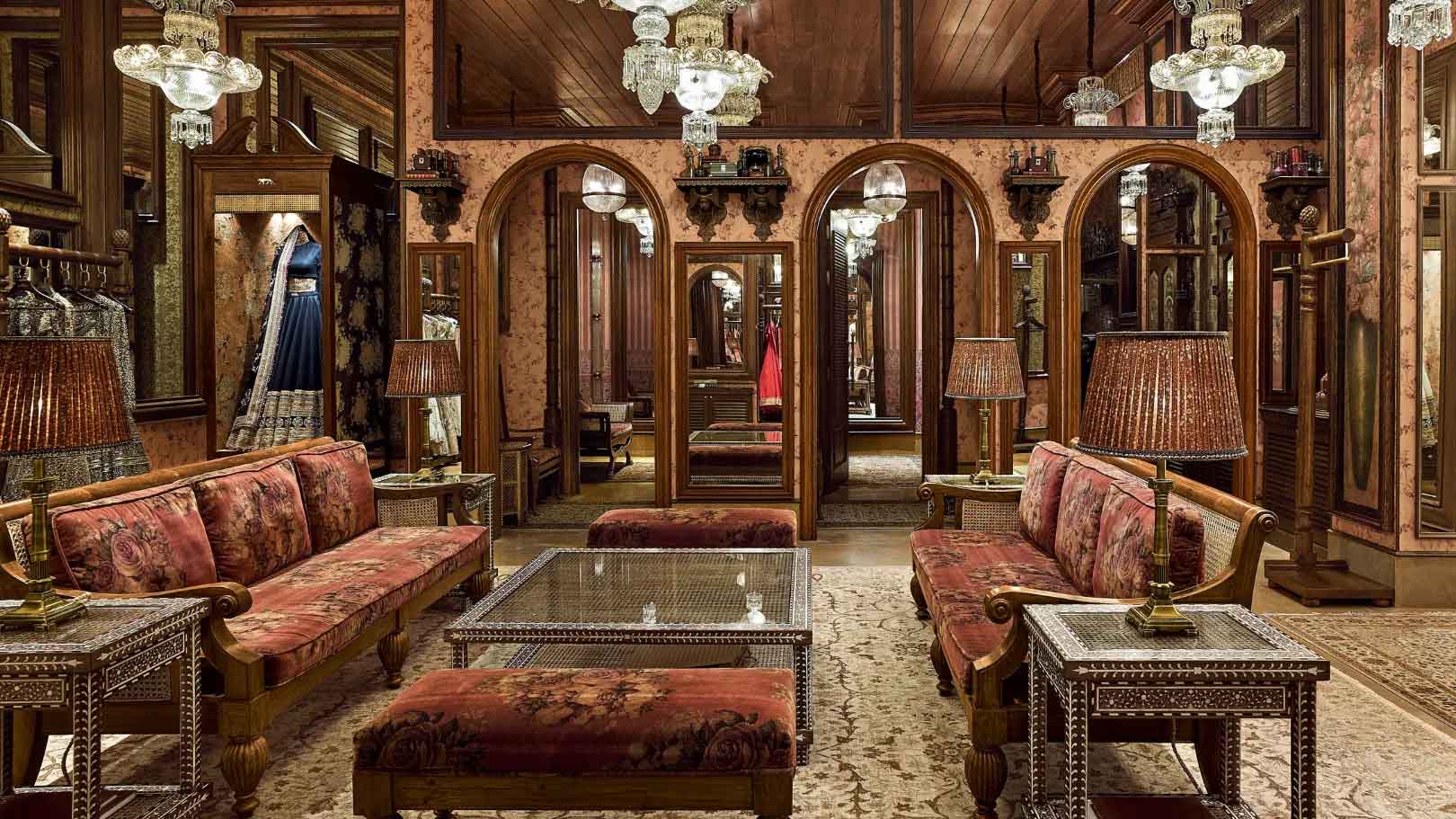
The advantages of retail & heritage coming together are many. It helps brands create an impactful statement and break the cookie-cutter approach, it also helps the store to become a must-visit in the city and lastly, it’s a living embodiment of nostalgia while conveying a modern sensibility. Some stores have succeeded marvellously to narrate the brand story in tandem with lost stories of these historic buildings.
Shantanu & Nikhil’s stunning flagship store in Kala Ghoda sits inside a 133-year-old building, which has been restored carefully to preserve the heritage structure & materials like fire bricks and basalt stones, while new design interventions helped create the best of vintage and modern India story under a single roof.
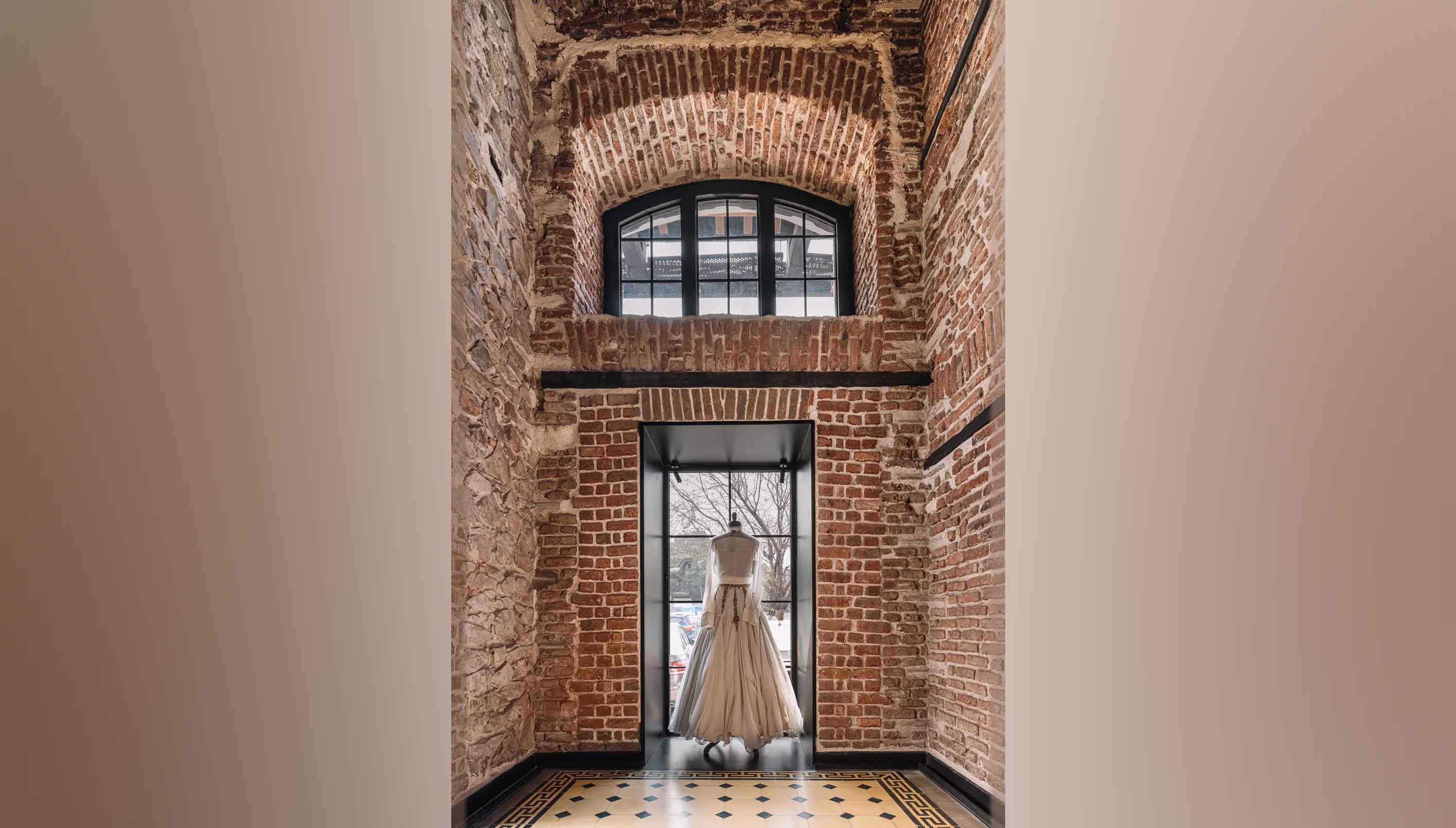

Giving more expert insights on this subject, Ruchi Mehta, Director, HuE Design & Planning Studio, Ahmedabad; Visiting Faculty at CEPT University says, “The rise of retail activities in places like Kala Ghoda in Mumbai and Hauz Khas in Delhi as well as adaptive reused old mill compounds can be attributed to them first being recognized as heritage precincts and later supported with the government policies for development. India has abundant potential to grow in this direction as a majority of its heritage areas are still under-recognized and needs improvement to thrive as new age retail hubs.” Ruchi has led the spatial design studio at CEPT University for adaptive reuse of Dhal ni Pol, a heritage precinct in the world heritage city of Ahmedabad.
The Dual Play – Adapting heritage buildings & their elements
When speaking about heritage in architecture & interior design, we often hear about the adaptive re-use of heritage structure. With a distinct personality, these properties range from homes, schools and trading houses to even hospitals that have been lovingly restored into flagship concept stores. A great example on this front is Tarun Tahiliani’s new store in Bangalore, which is nestled in an old Cantonment era heritage house in the heart of the city. The structure has been restored to keep it intact and true to its identity, where the stores experience is easy flowing with each room unveiling a collection, prompting one to meander through the space.
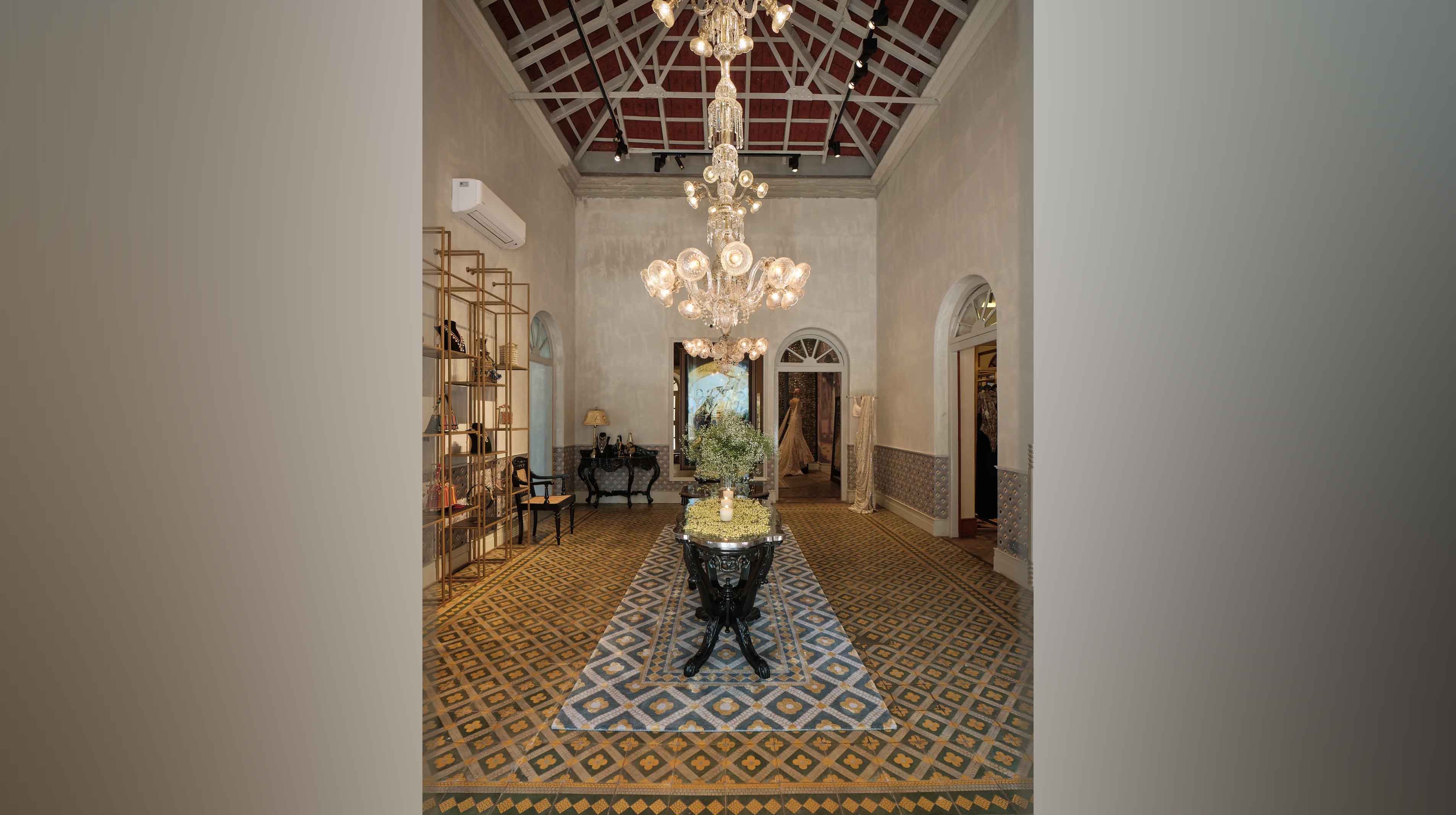
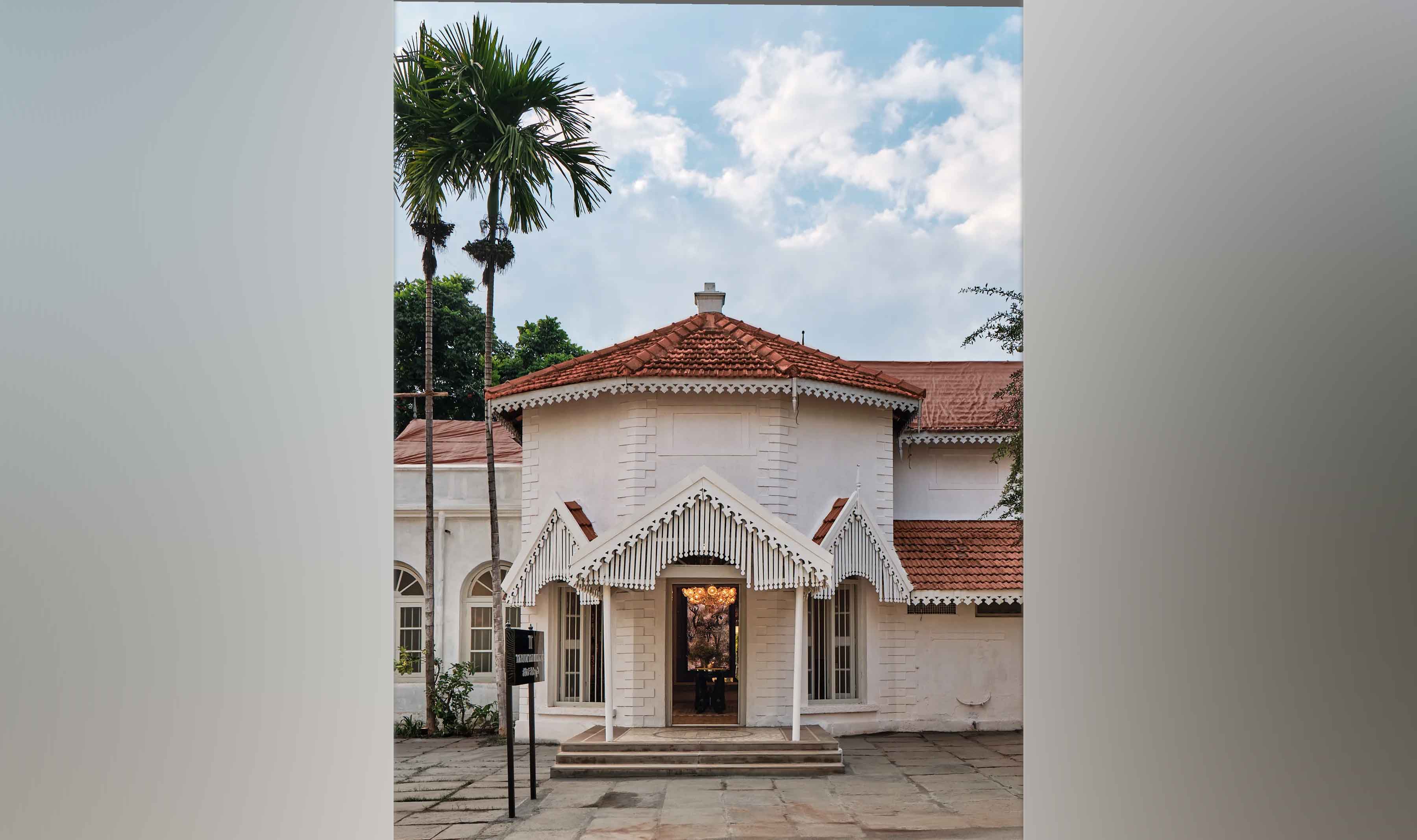
However, heritage can also be blended into modern structures when the brand’s product has a local cultural context. Design can infuse the heritage attribute via architectural forms, design elements, materials, crafts, techniques & more. India has a rich past of eclectic cultural heritage found across regions with distinct architectural characters, manifested through regional materials, arts & craft techniques. These can be seen in various structural & architectural elements of buildings or in the form of crafts & artistic embellishments.
In the recently opened Swadesh flagship concept in Hyderabad, the store design principle was based on – Local, Familiarity, Authentic, Craft Techniques, Traditions, Sustainability & Scalability. From the merchandise planning to display inspired by traditional ‘aangan’ or pavilions to using local materials & traditional craft techniques, the design elevates craft but also brings in a touch of nostalgia with true authenticity.
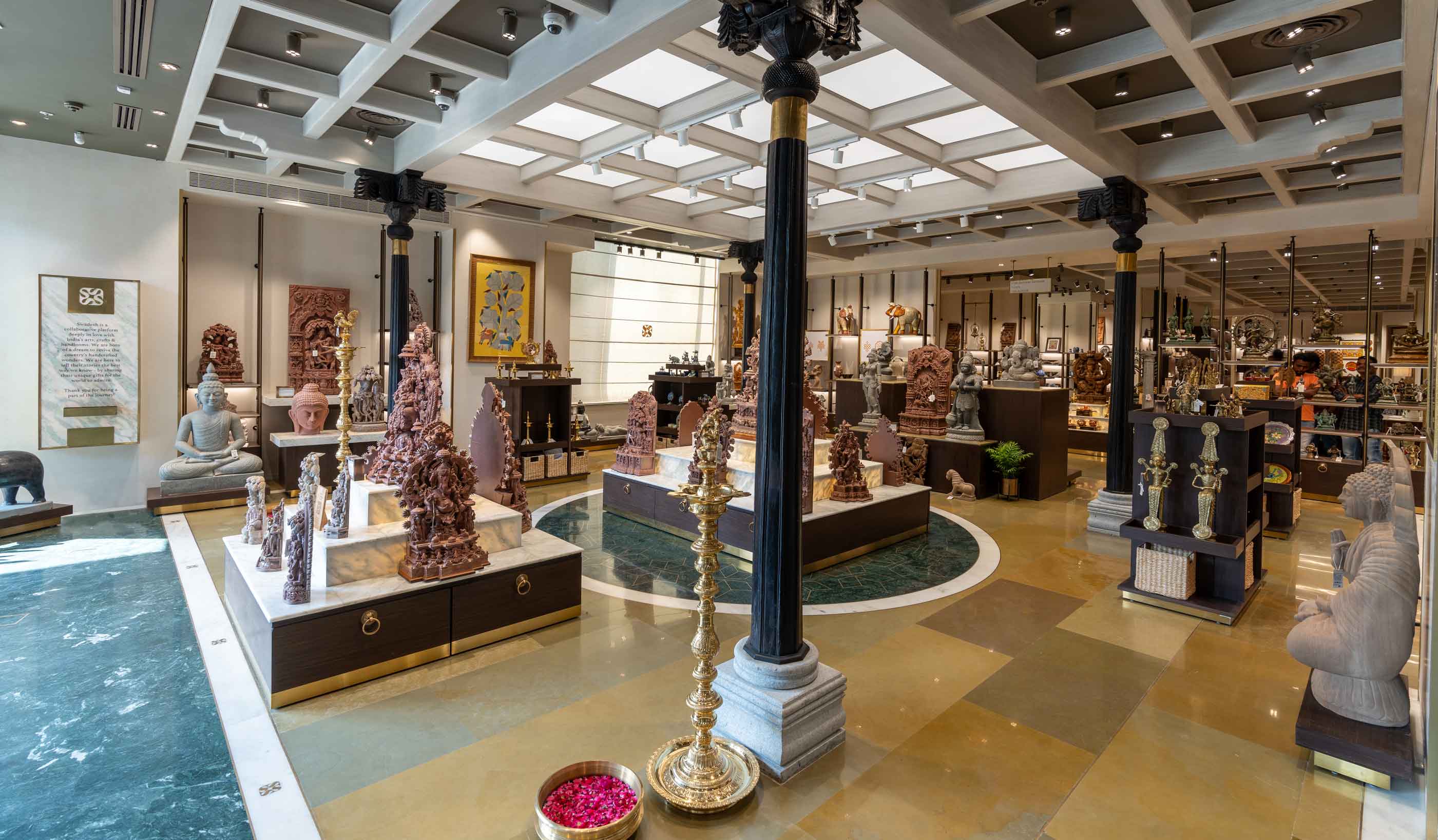
Not just the game of designers & luxury boutiques
When one thinks of heritage and retail, often the luxurious designer boutiques come into the picture, but we have also seen more popular brands make heritage structures their flagship concept stores. Zara in 2017 opened its doors at Mumbai's Hutatma Chowk—near the historical Flora Fountain precinct in Fort, by re-adapting & restoring Ismail Building, built around the turn of the 20th century, following Edwardian Neo-Classical style. The juxtaposition of fast fashion and heritage has been a big hit among the brand loyalists and is now an iconic location for this global brand.
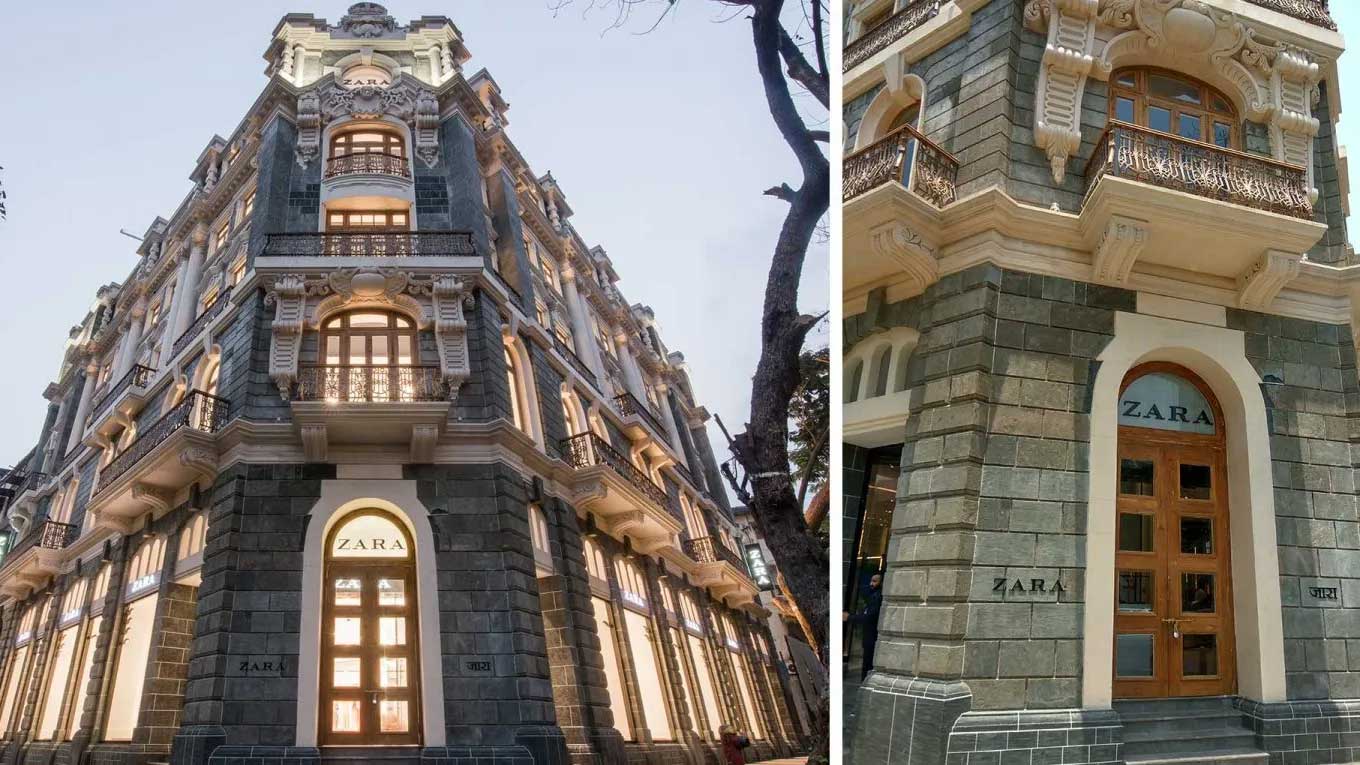
Coming to something more democratic in nature, Samsung Electronics opened its largest mobile experience centre in the erstwhile ‘Opera House’ in Bangalore, a beloved heritage landmark dating back to 1910s. The structure had almost become an invisible piece of architecture until 2018, when it became a shining example of adaptive reuse, bringing together two important pillar of old and new Bengaluru – heritage and technology.
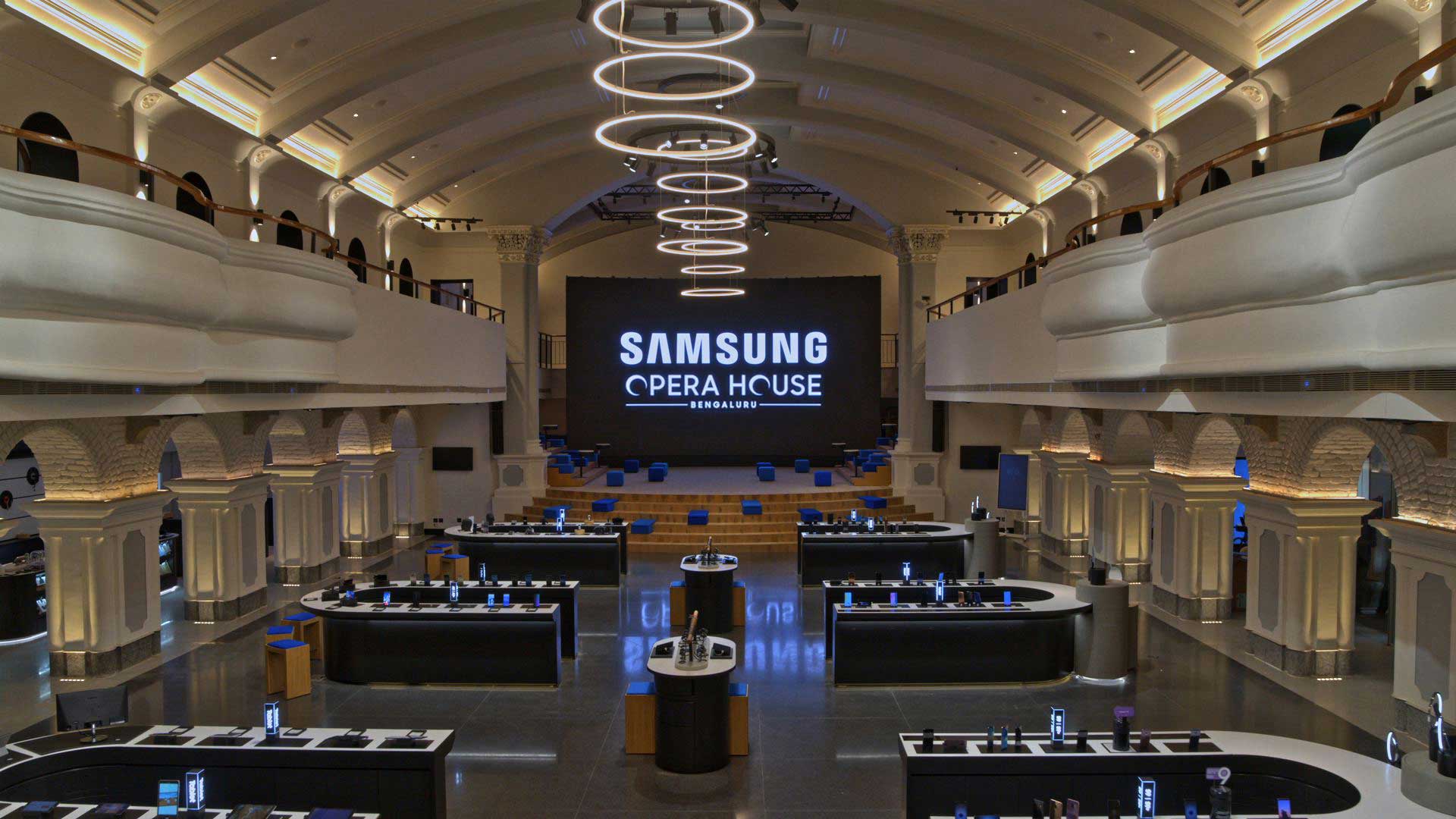
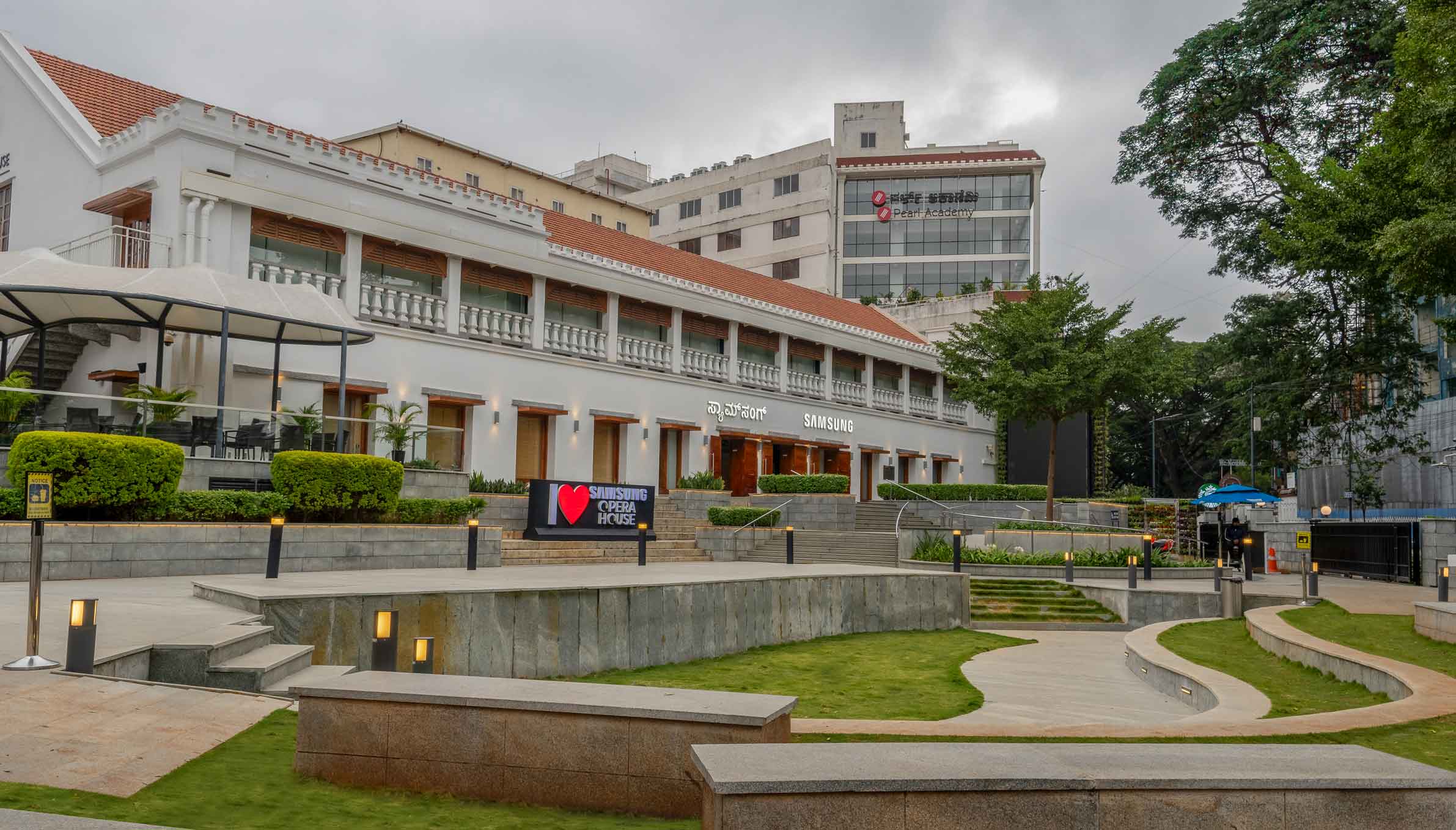
Talking more on these flagship retail concepts, Ruchi adds that this is a sustainable way of development as adaptive reuse is a smart means to conserve the heritage by reducing the environmental impact associated with new construction. “This provides the brands a unique opportunity to connect with local culture and context. This suggests that when heritage precincts are developed to adapt to retail activities, it promotes a symbiotic growth.”
A country’s or community’s heritage is discovered in its 3C’s: culture, crafts & cuisine! Our heritage evokes nostalgia, a sense of belonging and makes us identify with our past. It’s especially important in today’s context where technology is taking over each and every aspect of our lives. When our new generations engage with our heritage in the form of History, Spaces, Monuments, Architecture, Arts, Crafts or Cuisine, they gather information and a sense of appreciation about their past. Retail is an important and socially relevant aspect of our everyday life. And what would be better than retail brands taking the onus of representing and preserving our cultural past?
Myths & Facts
Brand owners/Retailers are likely to have plenty of queries when it comes to dealing with Heritage buildings. Here are a few myths & facts to help them along the way:
Myths 1: Cost of Re-storing/ Re-purposing heritage structure is very high and not sustainable for retail store.
Fact: It does come with certain incremental cost, but in a very short time this can be offset by word of mouth and PR it generates on its own. One doesn’t need to spend heavily on advertising. It creates an additional pull of your target audience.
Myth 2: It incurs very high maintenance costs regularly.
Fact: This is not the case if planning and design intervention is handled in an appropriate manner by experienced professionals with subject matter expertise.
Myth 3: Heritage structures come with a lot of restrictions & compliances from various authorities & municipal bodies.
Fact: Yes, depending upon Grade of Heritage Building (refer respective city planning guide/Heritage commission’s guidelines), there are certain Do’s & Dont’s. This must be seen from the perspective that we are protecting and conserving something of great significance and historical importance in order to cherish it for next few generations. Hence some sacrifice should not be a hindrance.
Myth 4: It comes with very limited scope for design intervention
Fact: One needs a very experienced and a researched based approach for design intervention in these buildings and/or elements. Once the building use and its era and architectural character is well understood, there are numerous opportunities around design interventions.
To understand more about heritage structures in India, guidelines, conservation and more, do visit INTACH (Indian National Trust for Art and Cultural Heritage) http://www.intach.org/index.php for more details.


_165_265.jpg)
_165_265.jpg)
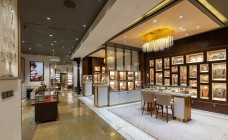




Comments